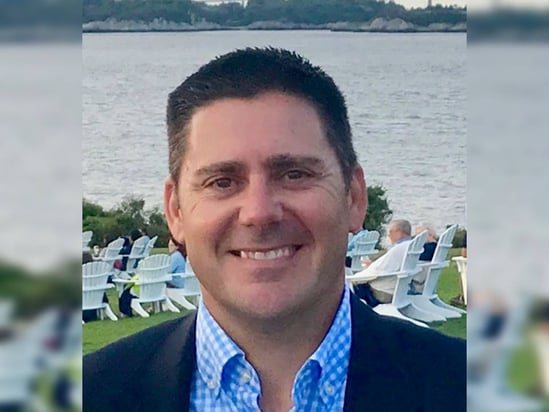

While workers’ compensation in the US remains a buyer’s market, not all exposures are born equal, and finding coverage for higher hazards can be a challenge. Those can include gas and oil dealers, commercial garbage hauling, and pallet manufacturing, among others that an expert from Worldwide Facilities, which specializes in workers’ compensation for hard-to-place risks, shed light on for Insurance Business.
“We write in all sectors of workers’ compensation – small, medium, and large accounts – and the higher hazard risks typically are your heavier contracting, transportation, and some of your healthcare exposures, like home healthcare and medical temp staffing,” said Todd Pollock (pictured), senior vice president of workers’ compensation at Worldwide Facilities, which launched its workers’ compensation division last year.
In an industry like transportation, the heightened risks to employees are clear – driving commercial trucks over long distances is inherently a dangerous activity. In fact, if any worker has to travel, that tends to increase the risks they face on the job.
“It’s similar to that in the home healthcare space and medical temp staffing as well – there’s a lot of travel associated with the position, and there’s a lot of different jobsites associated with the position, so you’re not going to the same place every single day and doing the same thing in the same location,” explained Pollock.
“Repetition in a jobsite or workplace breeds efficiency and provides a more controlled environment. It’s referred to as four wall exposures, [which] are typically less dangerous, so if you’re going to a manufacturing plant every day, that job on average is less dangerous than going to a different place every day. In home healthcare, you’re not just going to one place to perform your job duties on a daily basis – you’re going to many different places, they’re not always all the same, and [you could have] new customers all the time.”
Risk management by companies whose employees face these hazards isn’t usually a weakness, because of employers’ familiarity with the exposures and their understanding about the need to mitigate the risks.
“If you’re a fairly sophisticated employer, you will have a formal safety program, which would include safety training and would revisit safety training on a regular basis. You would have regular safety meetings and you might even have safety incentives,” said Pollock. “Basically, what you’re trying to do if you really want to have a risk management program is enhance your safety culture – just like a workplace wants to provide a culture of positivity or openness where you can say what you want and opinions are valued, that’s the same thing here. You want to provide a culture that focuses on safety, has a positive attitude towards safety, and it gets everybody thinking about it.”
That focus on safety is critical considering the potential physical injuries that employees can fall victim to in higher hazard exposures.
“There are some injuries that take place in the workers’ comp arena, like repetitive motion injuries, but in higher hazard exposures, there are often incidents where something slips, somebody fell [because] it was wet, somebody dropped something on their foot, or somebody’s ladder slipped and they fell off the ladder. There’s usually a hazard involved, and sometimes these incidents are preventable and sometimes they’re not,” said Pollock.
Should an injury occur, the key in workers’ compensation is addressing it as soon as possible and managing the situation efficiently. For instance, if a worker has a significant knee injury, they might require orthoscopic surgery and rehabilitation, as well as medication.
“The best way to get the person back to work as soon as possible is to manage the situation because the person that hurt their knee is a carpenter or a machinist or a truck driver – that person is not a medical expert, so they need medical experts, and a team of claims and rehab experts to get them back in the right direction,” said Pollock.
Meanwhile, when it comes to writing higher hazard accounts, the main challenge lies in finding coverage.
“When you’re talking about a general contractor that has 15 employees and they’re spending $75,000 on a workers’ comp premium, you can have a safety program, you can have risk management training, you can have jobsite toolbox talks to enhance safety procedures and practices,” said Pollock. “Those are the types of things the employer can do, but our challenge with these difficult exposures is to find the right carrier and find them coverage.”
With its strong carrier relationships, Worldwide Facilities can provide expertise, market knowledge, and high-quality service to a broad range of exposures.
